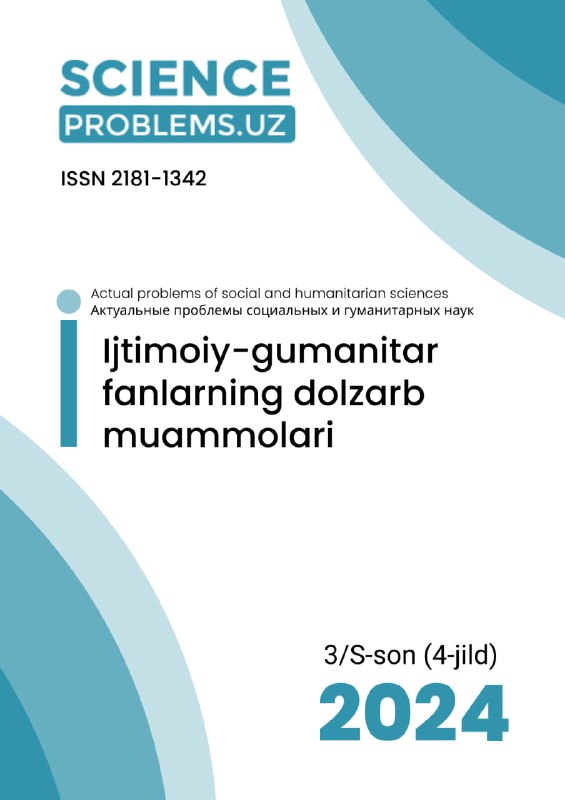SCIENTIFIC THEORETICAL ISSUES OF DETERMINING THE BOUNDARIES OF JURISDICTION IN CYBER SECURITY AND CYBER SPACE
DOI:
https://doi.org/10.47390/SPR1342V4SI3Y2024N50Keywords:
cyber space, virtual territory, cyber security, cyber attacks, jurisdiction in cyber space, cyber security strategies.Abstract
In today’s digital age, cyber security has become an important issue as cyber attacks are increasing in frequency and sophistication. One of the main challenges in addressing cyber security threats is the issue of jurisdictional boundaries, as cybercriminals can operate from anywhere in the world, making it difficult for law enforcement agencies to track and prosecute them. Jurisdiction in cyber security and cyberspace refers to the authority of a governing body to enforce laws and regulations in a specific geographic or virtual area. The digital nature of cyberspace presents unique jurisdictional challenges, as online activity can transcend physical boundaries and traditional legal frameworks. This article explores the scholarly theoretical issues surrounding jurisdictional boundaries in the digital realm and the legal, policy, and practical considerations shaping the evolving landscape.
References
Smith, J. (2020). The Impact of Jurisdictional Boundaries on Cyber Security. Journal of Cyber Security, 15(2), 123-137.
Johnson, A. (2019). International Cooperation in Combating Cyber Crime. International Journal of Law and Technology, 8(4), 301-315.
United Nations Office on Drugs and Crime. (2021). Cyber Security and Jurisdictional Boundaries: A Global Perspective. Retrieved from https://www.unodc.org/cybersecurity/.
Brown, M. (2018). Cyber Security Challenges in the Digital Age. Cybersecurity Journal, 12(3), 45-58.
World Economic Forum. (2020). Global Risks Report: Cyber Security Threats. Retrieved from https://www.weforum.org/global-risks-report.
National Institute of Standards and Technology. (2019). Cyber Security Framework for Critical Infrastructure Protection. NIST Special Publication 800-
European Union Agency for Cybersecurity. (2021). Annual Report on Cyber Security Trends. Retrieved from https://www.enisa.europa.eu/publications.
Kiberxavfsizlik, raqamli huquq va hisob gigiyena – kiberjinoyatchilikka qarshi muqobil yechim. Javlon Zoilboyev. 2022 yil avgust Obshchestvo va innovatsii 3(6/S):12-24 DOI: 10.47689/2181-1415-vol3-iss6/S-pp12- LitsenziyaCC BY 4.0See discussions, stats, and author profiles for this publication at: https://www.researchgate.net/publication/362407860
Ponemon Institute. (2019). Cost of Data Breach Study: Global Analysis. Retrieved from https://www.ibm.com/security/data-breach.
International Telecommunication Union. (2020). Global Cybersecurity Index: Country Rankings. Retrieved from https://www.itu.int/en/ITU-D/Cybersecurity/Pages/GCI.
Cybersecurity and Infrastructure Security Agency. (2021). Cyber Security Best Practices Guide. Retrieved from https://www.cisa.gov/cybersecurity-best-practices.
Brenner, S. (2007). Cybercrime Jurisdiction. In Research Handbook on International Law and Cyberspace (pp. 248-281). Edward Elgar Publishing.
DeNardis, L. (2014). The Global War for Internet Governance. Yale University Press.
Goldsmith, J., & Wu, T. (2006). Who Controls the Internet? Illusions of a Borderless World. Oxford University Press.
Kesan, J. P., & Shah, R. C. (2006). Cybersecurity and Cyberwar: What Everyone Needs to Know. Oxford University Press.
Clarke, R. A., & Knake, R. K. (2010). Cyber War: The Next Threat to National Security and What to Do About It. HarperCollins.
Libicki, M. C. (2007). Conquest in Cyberspace: National Security and Information Warfare. Cambridge University Press.
P.W. Singer, Allan Friedman(2006). Cybersecurity and Cyberwar: What Everyone Needs to Know. Oxford University Press.








